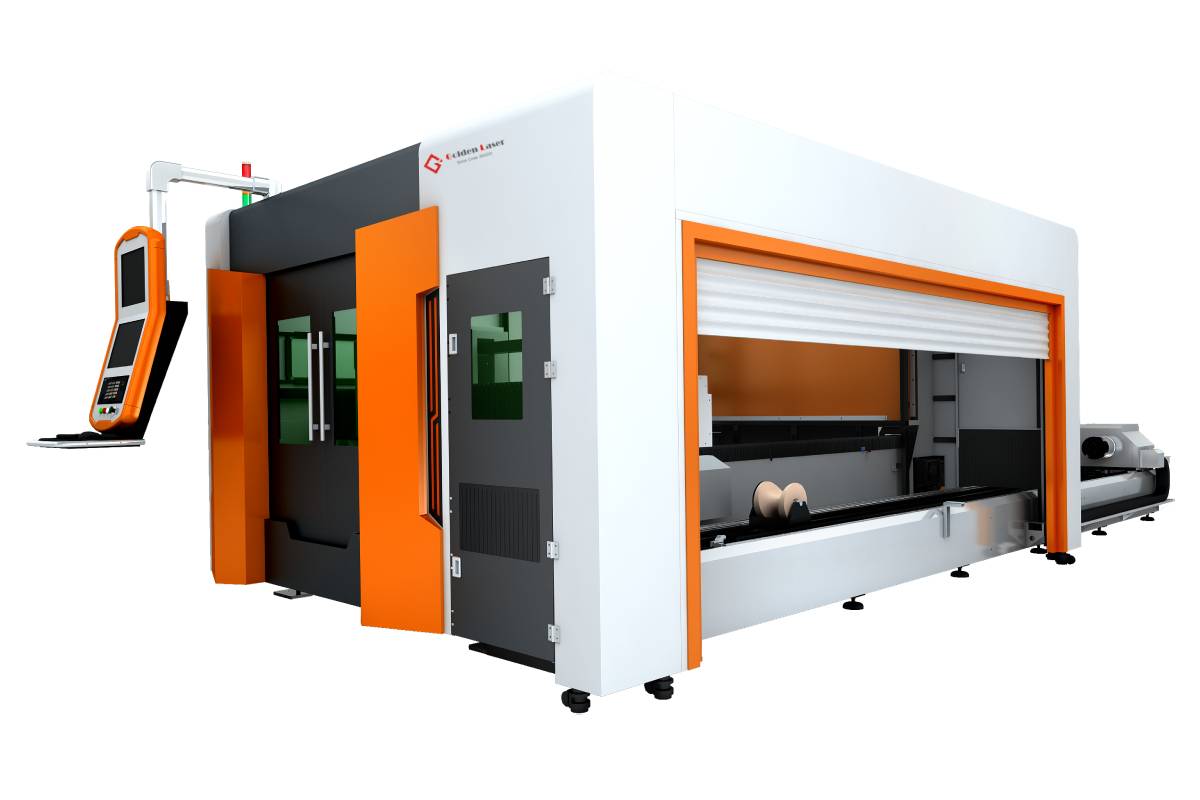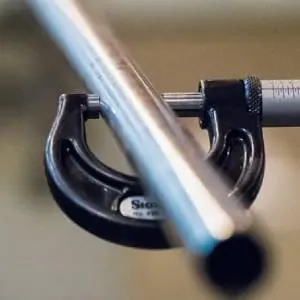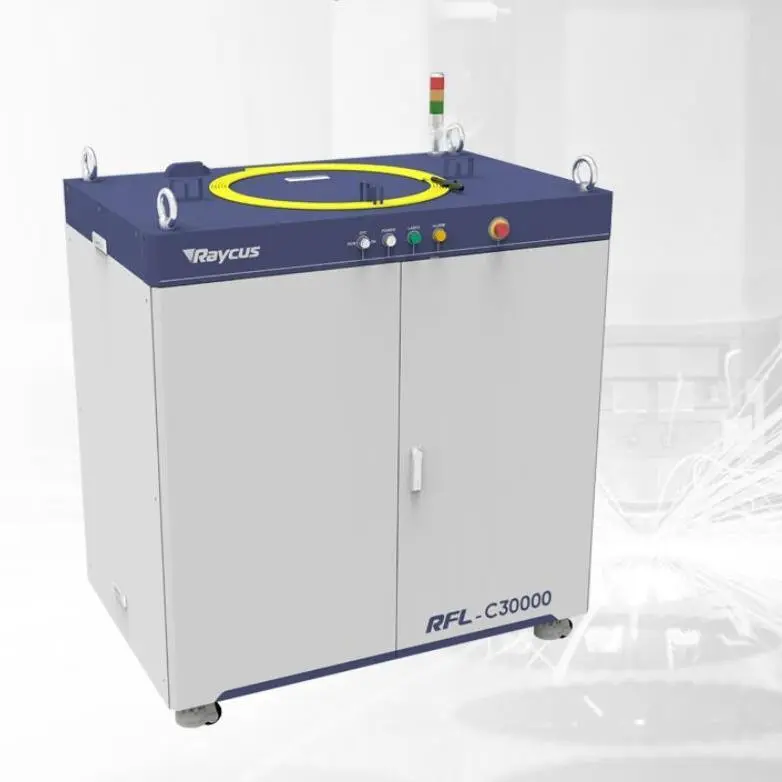In the ever-evolving landscape of modern manufacturing, precision and efficiency play vital roles in determining a company’s success. Among the most innovative tools that have revolutionized the sector are Flatbed Laser Cutting Machines. These machines utilize advanced laser technology for cutting various materials with high precision and speed, making them invaluable in a wide array of industries, including automotive, aerospace, electronics, and even art and design.
So, what exactly is a Flatbed Laser Cutting Machine? At its core, it is a cutting system that employs a powerful laser beam to slice through materials ranging from metals to plastics and even textiles. The defining feature of a flatbed machine is its flat work surface, which provides stability and space for larger pieces. This configuration allows for efficient handling and movement of materials, making it an ideal choice for both small-scale projects and large production runs.

Exploring the Benefits and Applications of Flatbed Laser Cutting Machines in Modern Manufacturing Processes
One of the key advantages of Flatbed Laser Cutting Machines is their exceptional precision. The laser beam can achieve cuts with widths as narrow as 0.1 millimeters. Such accuracy is essential in industries where minute tolerances are critical, such as the production of automotive parts or complex electronic components. The ability to create intricate designs with minimal waste not only saves materials but also reduces costs and increases productivity.

Exploring the Benefits and Applications of Flatbed Laser Cutting Machines in Modern Manufacturing Processes

Exploring the Benefits and Applications of Flatbed Laser Cutting Machines in Modern Manufacturing Processes
Additionally, Flatbed Laser Cutting Machines offer remarkable speed in comparison to traditional cutting methods. The high-speed laser technology enables manufacturers to process large volumes of material in a significantly shorter time frame. This rapid processing capability meets the demands of high-paced production environments, where time is of the essence. As a result, businesses that incorporate these machines can respond more swiftly to market changes and customer needs, giving them a competitive edge.
Another significant benefit of using Flatbed Laser Cutting Machines is their versatility. These machines can work with various materials, including metals like steel, aluminum, and brass; plastics such as acrylic and nylon; and fabrics like cotton and leather. This versatility allows companies to streamline their operations by using a single machine for multiple applications, reducing the need for specialized equipment for different materials.
From design to fabrication, the integration of Flatbed Laser Cutting Machines into the manufacturing process simplifies workflows. Advanced design software enables engineers and designers to develop intricate designs, which can be directly fed into the laser cutting system. This seamless transition from digital design to physical product not only minimizes errors but also accelerates the design-to-manufacturing timeline, enhancing overall operational efficiency.
In addition to efficiency and precision, environmental considerations are increasingly important in today’s manufacturing landscape, and Flatbed Laser Cutting Machines can contribute significantly to sustainability efforts. The precision of laser cutting results in less material wastage compared to traditional cutting methods. Moreover, these machines generally create less noise and have a smaller carbon footprint, making them a more eco-friendly option.
Despite the numerous advantages, it’s vital to recognize that Flatbed Laser Cutting Machines do come with initial costs that may be higher compared to conventional cutting equipment. However, businesses must consider the return on investment (ROI) offered by increased efficiency, reduced material waste, and the ability to complete intricate tasks that traditional methods may not achieve. Over time, the operational savings and enhanced productivity can outweigh the upfront investment, making it a worthwhile acquisition.
As industries continue to embrace technological advancements, the trend toward automation and robotics speaks volumes about the future of Flatbed Laser Cutting Machines. The incorporation of AI and IoT technologies is paving the way for smarter machines that can optimize cutting paths and settings based on real-time data, further increasing efficiency and reducing errors.
In conclusion, Flatbed Laser Cutting Machines represent a cutting-edge solution for modern manufacturing challenges. Their unmatched precision, speed, versatility, and potential for sustainable practices make them an essential tool for companies looking to excel in their respective fields. As technology continues to advance, we can expect to see even more innovations in laser cutting, solidifying its place at the forefront of manufacturing solutions for years to come. Whether a small business or a large-scale enterprise, investing in a Flatbed Laser Cutting Machine can be a transformative step toward achieving operational excellence and maintaining a competitive advantage in the manufacturing arena. 1000w Fiber Metal Cutter


